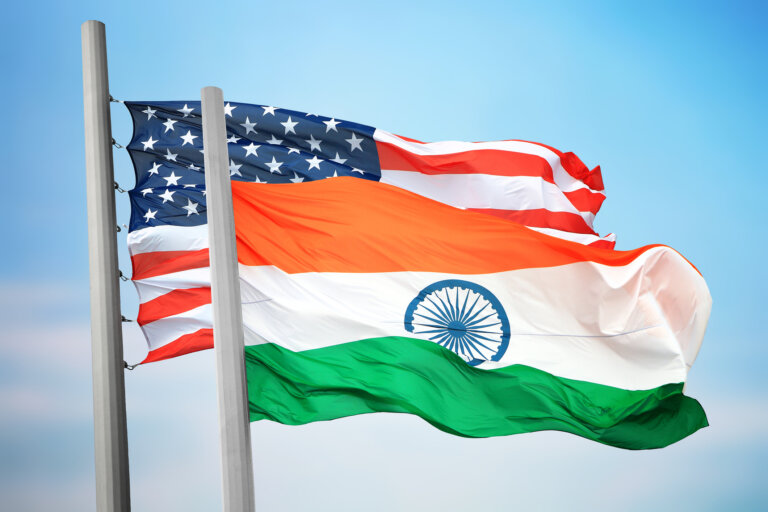In recent discussions, a significant development has emerged that could reshape the landscape of US-India economic relations: the potential introduction of E-1 and E-2 treaty visas for Indian nationals. This move, long awaited by professionals and entrepreneurs alike, represents not just a step towards stronger bilateral ties but also a beacon of opportunity for trade and investment.
What are E-1 and E-2 Treaty Visas?
The E-1 Treaty Trader and E-2 Treaty Investor visas are non-immigrant visas for citizens of countries with which the United States maintains treaties of commerce and navigation. The E-1 visa allows individuals to enter the US for substantial trade, including trade in services or technology, principally between the United States and the treaty country. Conversely, the E-2 visa permits the entry of investors who are investing a substantial amount of capital in a US business.
The Importance of E-1/E-2 Visas for US-India Relations
The US and India share a robust partnership that spans various sectors, from technology to healthcare, yet the potential for growth remains vast. The introduction of E-1 and E-2 visas could serve as a catalyst for this growth, creating a smoother pathway for Indian businesses and investors to enter the US market and vice versa. This reciprocal arrangement could significantly bolster trade volumes and investment flows, contributing to economic growth and job creation in both countries.
Furthermore, these visas could encourage knowledge transfer, foster innovation, and deepen cultural and economic ties between the two nations, marking a new chapter in their relationship.
The Potential Impact on Indian Professionals and Entrepreneurs
For Indian professionals, entrepreneurs, and investors, the availability of E-1 and E-2 visas could open numerous doors. It would not only facilitate easier access to the US market but also provide a platform for showcasing Indian innovation on a global stage. From startups looking to expand their footprint to established businesses aiming to invest in the US, the impact could be profound.
Moving Forward: The Road to Legislation
The journey towards making E-1/E-2 treaty visas a reality for India involves navigating the complexities of international treaties and domestic legislation. It requires concerted effort and collaboration among stakeholders, including legal experts, business leaders, and policymakers. The formation of a working group in Washington DC, as discussed, to draft or modify proposed legislation is a crucial step in this process. This collective approach underscores the importance of dialogue, cooperation, and strategic planning in achieving mutually beneficial outcomes.
Conclusion
The prospect of E-1/E-2 treaty visas for India is a testament to the evolving US-India relationship. It highlights the mutual desire to explore new avenues for collaboration and growth. As we await further developments, it is imperative for stakeholders on both sides to engage in constructive dialogue and work towards realizing this opportunity. The potential benefits for trade, investment, and bilateral relations are significant, making this an endeavor worth pursuing.
If you or your family members have any questions about how immigration and nationality laws in the United States may affect you, or if you want to access additional information about immigration and nationality laws in the United States or Canada, please do not hesitate to contact the immigration and nationality lawyers at NPZ Law Group. You can reach us by emailing info@visaserve.com or by calling us at 201-670-0006 extension 104. We also invite you to visit our website at www.visaserve.com for more information.

